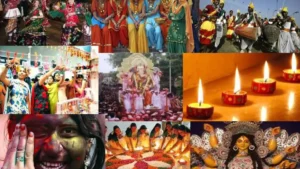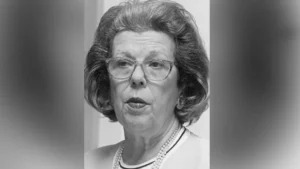
Deutsche Bahn (DB) will be the world’s first Intermodal Partner of Star Alliance. With this, DB and the aviation industry are sending another strong signal for the environment-friendly evolution of the travel industry. Under the new cooperation, DB customers and passengers of Star Alliance member airlines will be able to start or end their long-distance journey comfortably on the climate-friendly train. Germany is the first market and DB is the world’s first partner in the new Star Alliance initiative.
Buy Prime Test Series for all Banking, SSC, Insurance & other exams
An industry-first, Star Alliance’s Intermodal Partnership model intelligently combines airlines with railway, bus, ferry or any other transport ecosystem, alliance-wide. It is designed to link loyalty systems and facilitate seamless airport/station/port transit. Star Alliance plans to expand intermodal partnerships in the future.
About the partnership:
- The new partnership between DB and Star Alliance builds on the Lufthansa Express Rail program. Lufthansa customers have been able to buy a combined ticket for trains and flights in one booking step for more than 20 years.
- In the future, in addition to Lufthansa, all 25 other Star Alliance member airlines will be able to include DB’s environmentally friendly ICE trains as a flight number in their booking engine and customers will benefit from advantages.
Important Takeaways For All Competitive Exams:
- Deutsche Bahn CEO: Richard Lutz;
- Deutsche Bahn Headquarters: Berlin, Germany;
- Deutsche Bahn Founded: January 1994.




 The Forgotten Story of Tamils in Moreh: ...
The Forgotten Story of Tamils in Moreh: ...
 Which Country is Known as the Land of Fe...
Which Country is Known as the Land of Fe...
 Simone Tata: The Visionary Behind Lakmé ...
Simone Tata: The Visionary Behind Lakmé ...







